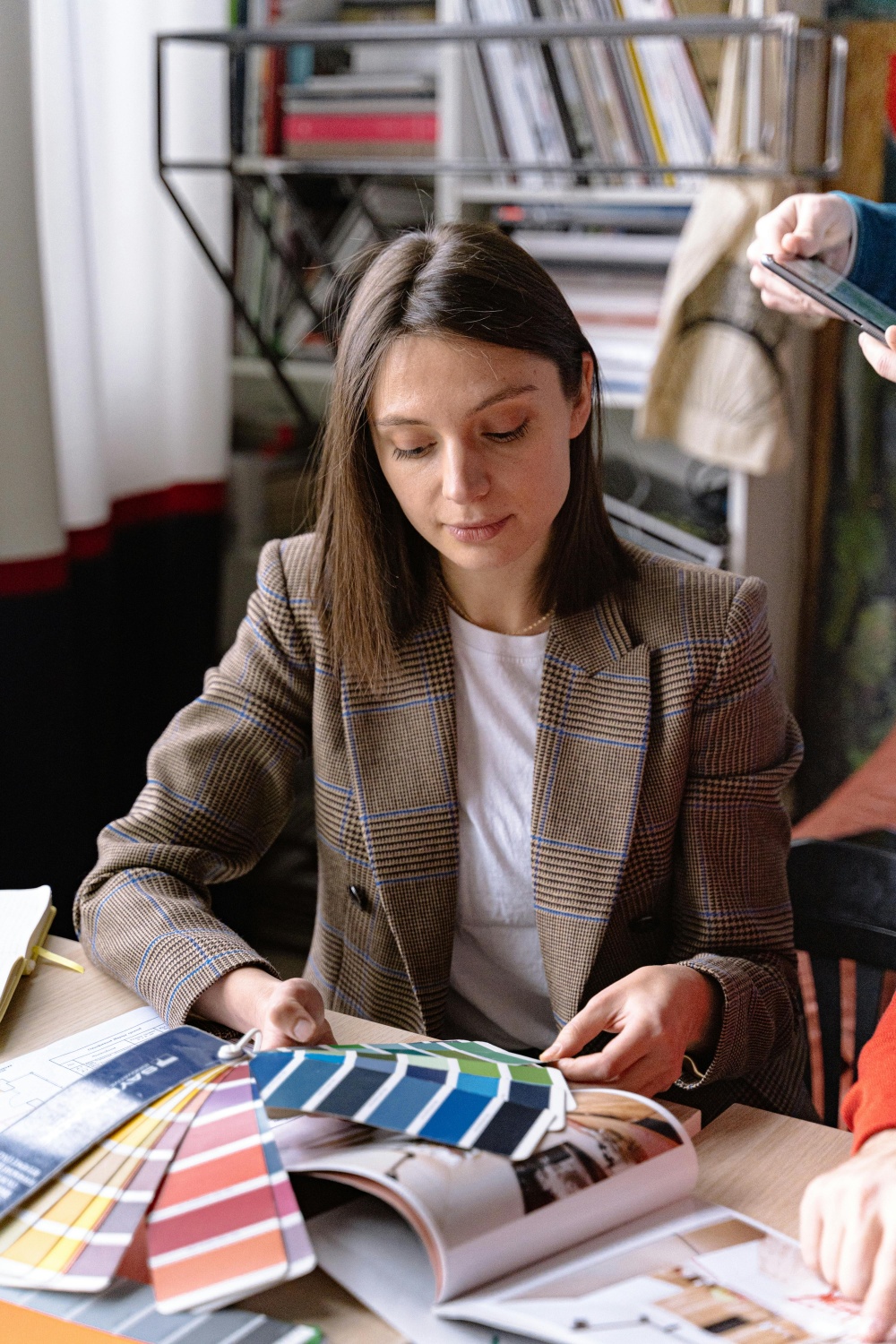 Credit : Antoni Shkraba / Pexels
Credit : Antoni Shkraba / Pexels You've probably seen the term seasonal color analysis all over your social media feed. Maybe you've been curious about it or just trying to figure out what it is. Don't worry, we're here to help.
Over the past couple of years, seasonal color analysis gained massive popularity in South Korea and eventually made its way to the U.S.
Here's everything you need to know about seasonal color analysis.
What is seasonal color analysis?
Seasonal color analysis was created by Suzanne Caygill, who combined color psychology with seasonal palette theory, according to Hunterlab.com. It is a process where someone uses your hair, skin tone, eyes, and lips to help you figure out what color palette suits you best. The process uses seasons to help you figure out what color palette works best for you.
To determine your season, this process relies heavily on your hue, which is basically if you have warm or cool undertones. It also considers your value, which is light or dark, and your chroma, which can be muted/soft to bright/clear.
Winter is a cool-tone palette with a darker value. On the other side of the spectrum, the cool-tone with a lighter value is summer. The darker value warm-tone palette is autumn, and the lighter value warm palette is spring.
Although there are four primary color palettes, they can easily be broken down into 12 more detailed descriptions.
How to do your seasonal color analysis
There are a few avenues you can use to get this done. The first is you can use online quizzes or filters. You can also book a virtual or in-person session with an expert in your area to do this. To find your season successfully, you need to do this without makeup on.
The most reliable way to figure out your season is by color draping. This basically means you take colors with different undertones and drape them over your body to see what looks the best on you. Every single color does have multiple undertones. Does it make your complexion look clearer with said color, or does it make you look awful? You might be surprised with the results; we know we were.
How is it helpful with makeup?
It's helpful with makeup and hair because it can help you figure out what colors will look best on you. Although it was created for clothing, the lessons can easily be applied to the world of beauty. In fact, some in-person seasonal analysis sessions will offer suggestions on what hair colors you should consider and what makeup products best suit your color palette. Even if your session or the filter/quiz does not provide this, once you know your season, it will be super easy for you to spot products that will work for you.
For example, it helps you unravel the mystery of finding the perfect foundation shade for yourself because once you know your undertone, everything changes. Another example is that if someone is a summer, a cooler rose-tone lipstick is going to look great on them, but if they have a warm undertone, it might not look quite as good.

